Ace quick missions & earn crypto rewards while gaining real-world Web3 skills. Participate Now ! 🔥
If you frequent the crypto world, you’ve probably seen and heard the terms “KYC” and “AML” being thrown around, rather frequently. Both of these terms have become synonymous with opinionated discussions in various crypto forums online, and strict regulations that many exchanges enforce on their platforms.
What’s the KYC meaning, though, and why is it such a hot topic? Is it really that important to anyone looking into cryptocurrencies, and what does it mean to the future of crypto, in general?
Well, whether you’re looking to pass complete KYC checks, or want to learn more about this concept, in general, you’ve come to the right place! Let’s not waste any time, and go straight to discussing KYC, and its role in the world of crypto, in general.

Did you know?
Subscribe - We publish new crypto explainer videos every week!
What is a Crypto Mining Pool? Is it Worth it? (Beginner-Friendly)


Table of Contents
- 1. What is KYC Meaning?
- 1.1. KYC VS AML
- 1.2. Different Types of KYC
- 2. How is Cryptocurrency-Related KYC Different?
- 3. The Controversial Relationship Between KYC and Decentralization
- 4. How to Pass KYC Checks on Binance
- 4.1. The Benefits of Getting Verified on Binance
- 4.2. No KYC - No Service
- 4.3. Passing Binance KYC: Step-by-Step
- 5. Conclusions
What is KYC Meaning?
Let’s address the fundamental question straight from the get-go - what is KYC, in the first place?
Latest Deal Active Right Now:For a limited time only, get Top-rated Ledger bundles for yourself and your loved ones with a 10% Ledger discount code. Take advantage of this valuable Ledger deal NOW!
KYC stands for “Know Your Customer”. In essence, it’s a set of regulations that require financial institutions to identify their clients. Naturally, cryptocurrency exchange platforms do fall under the umbrella of financial service providers, too.
Upon figuring out the KYC meaning, you should also know that there are different levels of strictness to these regulations, as well. The more established a financial service is, the more it will have to pay attention to how it enforces KYC on its customers.
The simplest example to illustrate my point would have to do with traditional banking institutions, and the aforementioned crypto exchanges. Banks have some of the highest-level KYC enforcement - upon opening a bank account, you have to provide the institution with a variety of personal and sensitive information.

On the flip side, cryptocurrency exchanges such as Binance enforce their KYC regulations in a more-lenient manner. This is due to the lack of regulatory attention paid to the crypto world - it allows centralized exchange platforms to be less intrusive on your personal information.
That’s another point, too - in the world of crypto, it all boils down to centralization. Specifically, only centralized crypto exchanges apply KYC checks to their customers. If you were to use a decentralized platform, you’d be able to avoid KYC, and would have the opportunity to remain anonymous in your crypto trading and investing activities.
Sounds great? Well, it’s not as great as it may appear to be - it’s actually a very controversial and two-sided topic. We’ll cover it in just a bit, though - first, let’s get all of the core questions out of the way.
KYC VS AML
Apart from KYC, another prominent term that you might see floating around in the crypto world is AML. While these two acronyms are often used interchangeably, I’m here to tell you - they shouldn’t. KYC and AML are quite different from one another.
AML is an acronym for “Anti-Money Laundering”. It’s a rather self-explanatory term, now, isn’t it?
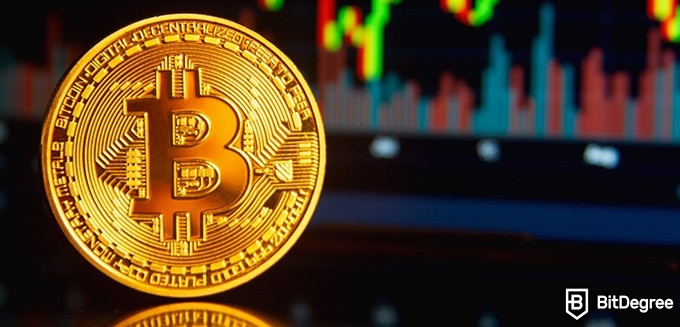
The way that you could look at the relationship of KYC and AML is that Anti-Money Laundering is the huge, broad category of regulations, while “Know Your Customer” is a set of rules that fall under those regulations. In short, AML is an umbrella term, while KYC is one of the major-specific parts that lie under that umbrella.
In regards to crypto, AML isn’t all that relevant. There are exchange platforms that do enforce some strict AML-related rules and regulations (Binance KYC is one of the examples), but the concept itself mostly relates to larger and more-established financial institutions.
Different Types of KYC
While you might have figured out what is KYC, it’s worth emphasizing that there are actually a few different types (levels) of KYC verification that can be enforced by any one crypto exchange platform.
These types are segmented in accordance to how strict they are, and just how much information they’re going to require you - the customer - to submit. It’s actually rather impossible to be able to tell which of the types of KYC are used on any one particular exchange platform, before going ahead and trying to pass the checks that lie after initially registering your account.
There are different ways that these KYC types are segmented, extracted, and described. Depending on where it is that you’d look on the internet, you’ll find varying information - it can get pretty confusing, quick! For the sake of simplicity and consistency, we’ll use the broadest and most general classification:
- Customer Identification Program. Usually abbreviated as CIP, the Customer Identification Program is the simplest and most straightforward type of KYC. As the name might suggest, it involves collecting the identifying information about your customers. This is usually the very first part of a larger KYC verification process, however, with some exchange platforms, this is also where it ends, too!
- Due Diligence. As the term might indicate, this type of KYC references the process of identifying potential issues before they have the chance to arise. During a DD-based process, a financial institution may choose to perform certain background checks on their customers. Whether it be the Binance cryptocurrency exchange, or a fiat banking institution, these checks are usually related strictly to any and all financial dealings that the customer may or might have had.
In most cases, the DD process doesn’t demand any specific actions. If your financial dealing history is unclear, you might get flagged in the company’s systems, and extra attention will be paid to you during some transactions that you’d perform through their servers. - Ongoing Monitoring. This type of KYC refers to continuous, everlasting monitoring of a company’s customers. Evidently, it especially concerns those individuals who have been previously flagged as being a potential risk, but is still relevant to all of the parties using the company’s services, too. If you were to perform any suspicious actions (such as transfering money in large amounts to bank accounts that are associated with criminal activities), you might get investigated, and your account could get frozen.
The three KYC crypto processes described above are broad, sure, but they cover all of the main checks that a customer may go through, when using a cryptocurrency exchange.
How is Cryptocurrency-Related KYC Different?
KYC is a controversial topic, especially in the realm of crypto - sure. However, we’ll discuss this in just a bit - first, let’s establish what the term means in the world of crypto, in general.
As alluded to in the previous chapter, cryptocurrency exchange KYC differs from that which you would find on a traditional banking institution, or any other financial institution. While the differences are plenty and can appear confusing to some, it’s important to note that all of them stem from basically the same place - differences in the regulatory nature of an asset.
With fiat-based institutions, everything is pretty clear. They tend to employ aggressive KYC, since there are clear regulations and rules that determine each and every single detail in the entirety of the whole process.

With cryptocurrency exchanges, though, the situation is very different. Depending on your state or country, you’ll find that the regulations regarding crypto trading (and even asset class, too!) differ quite a bit. Some places are less stingy, and won’t require exchanges to track their customers’ every move, while others are the opposite, and will push for stiff KYC enforcement.
With the current nature of the crypto market, though, it would appear that specific regulatory policies are close. It’s not surprising, really - when you have governments making Bitcoin legal tender, it’s only natural that crypto becomes a topic no one can ignore, even if they’d really love to.
Some exchange platforms (like Binance) have taken upon themselves to be the leading examples, and choose to comply with the stricter KYC regulations. This does both guarantee user data security, but it also allows for crypto to have a smoother transition from an obscure concept, towards an established asset class, or monetary system.
The Controversial Relationship Between KYC and Decentralization
It would frankly be impossible to discuss what is KYC without touching upon this particular topic. We won’t “touch upon” it, though - instead, we’ll get to the bottom of this controversy, and discuss both sides of the argument.
As mentioned in the beginning part of the article, KYC is often associated with centralization. A centralized crypto-related company is going to require its users to verify their identity before it lets them use its services - most of the time. This makes sense, since the company in question needs to adhere to certain laws and regulations that are in place.
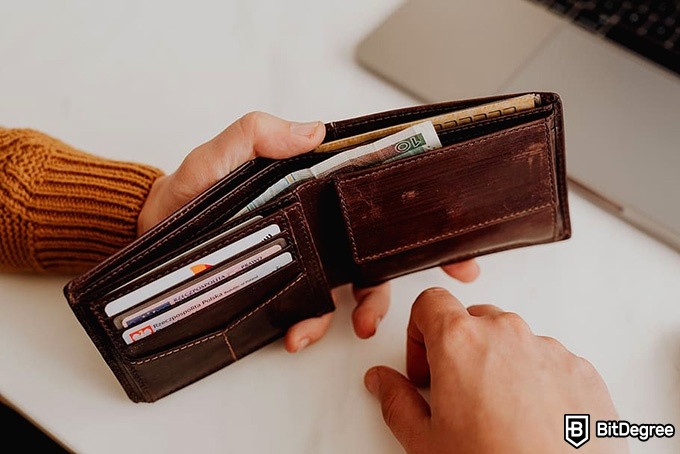
On the other hand, decentralized crypto trading platforms don’t have KYC checks. Meaning, you can trade cryptocurrencies in an anonymous fashion. Granted that decentralization is the core principle behind crypto technology, in general, it would seem like a no-brainer, right?
Well, in a utopian world, yes. In reality, however, things are much more complicated than that.
First of all, decentralized cryptocurrency exchanges are often deemed to be unsafe. Anonymity is great, but it also tends to bring in a lot of malicious parties, too. You never know who’s on the other side of the screen - perhaps it’s a legitimate person, but it might be a scammer, as well! If they are able to steal your crypto assets, the platform being decentralized, there will be no way to trace the thief, and find them!
The following problem that’s rather evident from the example given above is that you never really know who’s behind the decentralized exchange platform. If the owners are anonymous, there wouldn’t be anyone accountable if, say, they were to draw out all of the liquidity, and run away with user funds. It wouldn’t be the first time when such a scandal happened, either.
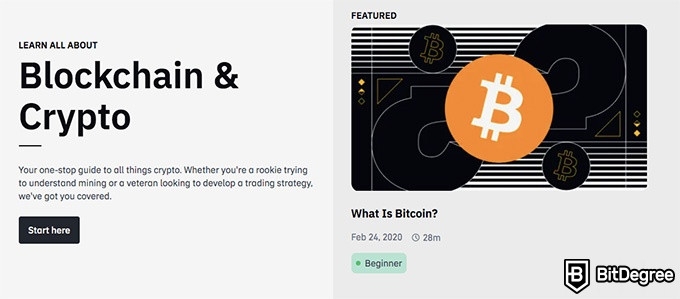
As far as the criticisms of KYC go, it’s actually quite self-explanatory - KYC verification identifies the user, which, in turn, leads to a direct confrontation with the core philosophy of crypto. Today, however, the crypto market has already grown to the point where the issues caused by decentralization cannot be ignored.
KYC brings in security, reliability, and accountability. While it may not be ideal for any crypto enthusiasts who want the core philosophy behind the concept to remain true, with stricter regulations looming over the horizon, there really is no way to avoid it, either.
Truth be told, another huge factor in people’s questionable trust towards crypto exchanges employing KYC is the fact that there are instances of user information leaking due to the exchanges in question having less-than-ideal security measures in place. Yet again, it falls back to the lack of regulation within the industry - select exchange platforms tend to take shortcuts when it comes to user data privacy and security, and hackers are able to exploit this.
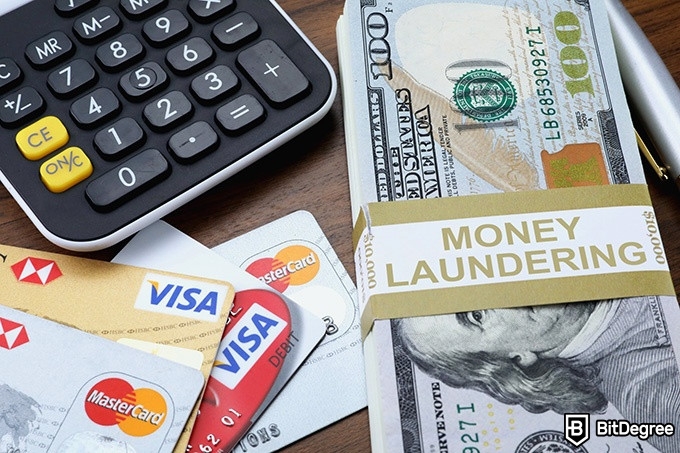
In order to avoid this, though, you should always pick a reliable exchange platform to do all of your crypto trading on. A great example here would be Binance - the largest cryptocurrency exchange in the world (by market cap). Binance utilizes only the best data security measures, and has no prior history of being hacked, breached, or user data leaking to malicious third parties.
Speaking of which, let’s actually discuss Binance KYC crypto - it’s the perfect crypto exchange platform to illustrate all of the points we’ve discussed up until now.
How to Pass KYC Checks on Binance
With Binance being a major name in the crypto world, chances are that you might end up choosing the platform as your main crypto trading hub. In order to trade on the site, though, you will need to pass all of the essential KYC verification checks.
Ever since August of 2023, Binance has also doubled down on their position towards KYC meaning, requiring all new users to pass Intermediate Verification in order to access any of the services offered by the company. Up until that point, there were certain limits in place for new users, but they could still participate in some generic trading and fund management activities.
Binance claims to have made this decision with the intent to strengthen the measures of user privacy and data preservation, and in order to comply with the ever-changing KYC and AML laws, too. This just goes to show that the company embraces its centralized nature, and cares about its users and their information.
The Benefits of Getting Verified on Binance
Before we jump into the Binance KYC verification process, let’s take a look at the list of benefits for anyone who chooses Binance as their main cryptocurrency exchange platform.
If you don’t count the enterprise-level verification, then there are two types of KYC that you can pass with Binance - Verified, and Verified Plus. Most casual crypto enthusiasts are likely going to be satisfied with the perks received from verifying their account with the entry-level verification checks, but if you’re an active trader, you might want to complete the entire process.

In order to pass the “Verified” KYC process, you will need to submit your personal information, a picture of your ID, and also pass a facial recognition test. If you were to complete the process with Verified Plus, you’ll also need to submit proof of address, too.
Verifying your account with entry-level KYC, you’ll receive the following perks:
- $50,000 daily fiat deposits and withdrawals;
- Unlimited cryptocurrency deposits;
- 100 BTC worth of daily crypto withdrawals;
- Unlimited P2P transactions;
- LPD/OTC/Binance card.
Following that, with Verified Plus, all of the above-mentioned perks are the same, except for the very first one - fiat deposit and withdrawal limits. If you submit your proof of residence, your deposit and withdrawal limits will quadruple from $50,000 up to $200,000 per day.
No KYC - No Service
As is evident from the Binance KYC benefits discussed above, users do receive a lot of freedom with the exchange in question… Assuming that they’ve passed the verification process, that is.
As far as restrictions for non-KYC accounts go, though, it’s worth looking back at the point I’ve mentioned earlier in the guide. If you refuse to pass KYC verification with Binance, you won’t be able to enjoy any of the services with the platform in question. Well, mostly - non-verified users are able to withdraw up to 0.06 BTC per day.
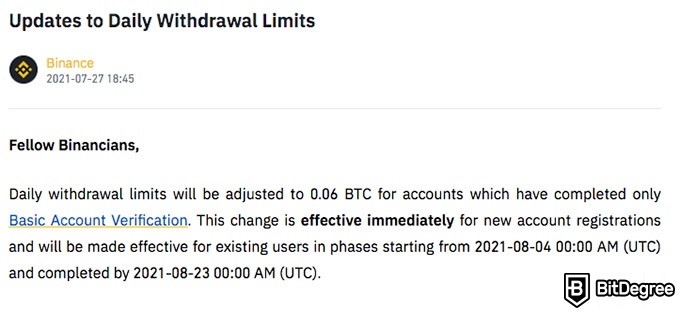
This is, naturally, a strict stance to take. However, with Binance being one of the major market leaders, it makes sense that they are at their best in regards to anything related to financial security and user data - and also when it comes to identifying potential threats in advance, too.
In short, though, while you’ve figured out what is KYC meaning, you should also know that even though Binance was a bit more lenient in regards to the topic some time ago, currently, the platform employs strict verification measures.

Did you know?
Subscribe - We publish new crypto explainer videos every week!
How Do KYC & AML Work in Crypto? (Explained)



- Secure and reliable
- Accepts fiat currencies
- Lots of trading options
- Reputable exchange
- Accepts fiat currencies
- Offers various trading options

- Accepts fiat currencies
- Simple to use
- Supports only trusted cryptocurrencies
- A leading cryptocurrency exchange platform
- Best for all type investors
- Accepts fiat currencies

- Beginner-friendly
- Secure
- Decent trading and withdrawal fees
Passing Binance KYC: Step-by-Step
Now that you know all of the benefits of passing the KYC processes on Binance (and all of the drawbacks associated with *NOT* doing so, too), we can move on to the actual Binance KYC crypto process itself.
For the sake of keeping things simple, we’ll discuss the process on a step-by-step basis.
Step 1: The very first thing that you need to do is go to Binance’s official website, and press “Register”. Take note of the website that you’re accessing, though - there are Binance.com and Binance.us versions available, and this guide is going to be referencing the former one.
Step 2: Once you pass the initial registration process, you’ll be sent to your profile. From here, navigate to the top-right corner of the screen (your profile drop-down menu), and press the “Identification” button.
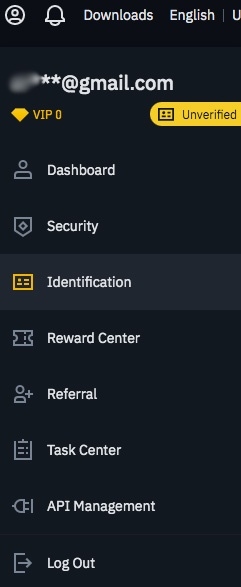
Step 3: Now, you will be sent to the page where all of your KYC Binance verification checks are going to be displayed. If you haven’t passed any of them, you’ll see that your account is currently not verified (in the “Current Features” section of the page).
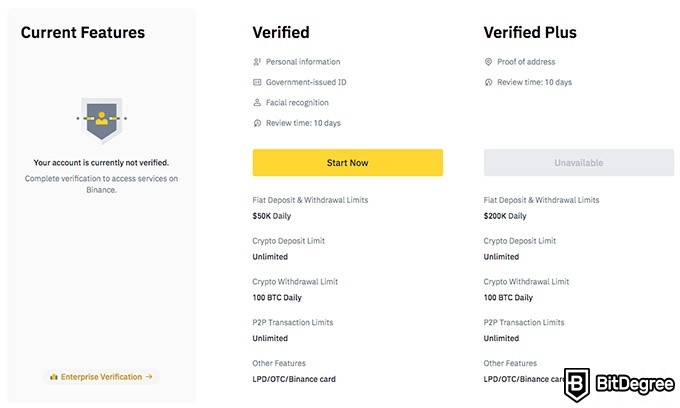
From here, you’re also able to start your verification process, and check out the benefits that it entails. We’ve already discussed those earlier on in the article, though.
To start, press the “Start Now” button under the “Verified” section.
Step 4: First, you will be prompted to select your nationality, and enter your legal first name and surname. You will also need to fill out your date of birth, too.
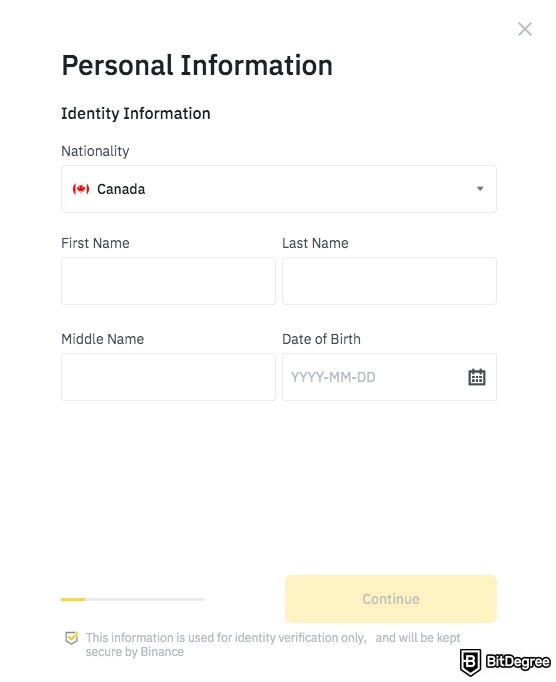
Step 5: Next up - your residential address, postal code, and the city that you reside in.

Step 6: Now, once you do all of that, your next step is to submit a valid, government-issued ID. You can either submit a photo of your ID card, or passport.
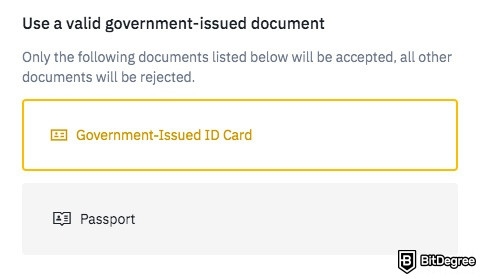
Make sure that the photo isn’t cropped, isn’t at all blurry, and has no reflective light. Any and all details that can cause suspicion will get your KYC application rejected. This is also true if the ID is expired, or if the photo that you submit is black and white.
Once you’re ready, upload the photo of your ID, and let’s continue.
Step 7: Next up, it’s time to upload a selfie of yourself. This selfie is going to be used in order to check and see whether the person in the document is the same as, well… You!
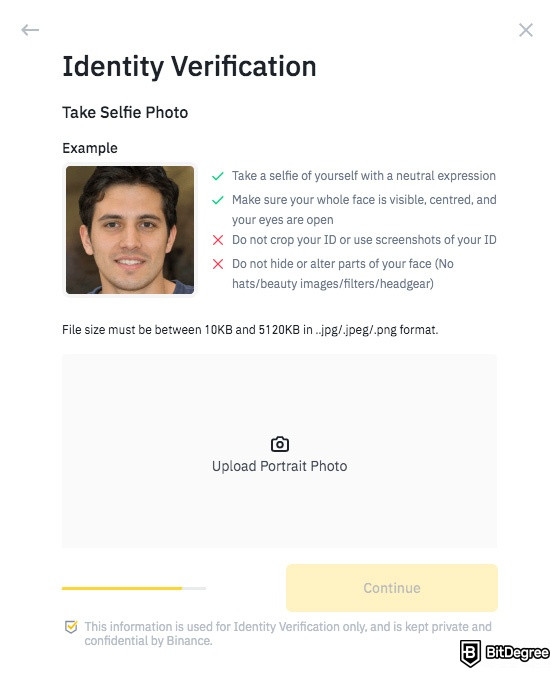
Your selfie should be with a neutral facial expression, and your whole face should be visible and centered in the photo. Binance warns users against submitting the same photo that can be seen in their IDs, or altering the selfie in any way that may cause suspicion of foul play.
Step 8: Following your selfie submission, you will now have to confirm your identity with facial recognition. Basically, you’ll need to shake your head, open your mouth, nod, or blink in front of your camera. This is done in order to determine whether you’re an actual person, and if you’re the same person seen in the photo and the document that you’ve already submitted.

Once you do all of that, that’s it! You’ll be greeted with the KYC Binance pop-up that will tell you the estimated date of when your verification will be complete. Now all that’s left to do is wait!
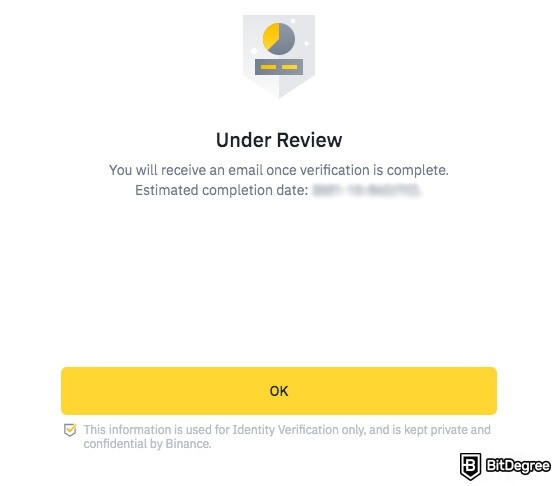
The only other thing that you’ll need to do in order to have increased fiat withdrawal and deposit limits is prove your place of residence. This can be done by submitting a bank statement, or a utility bill under your name, with the address visible.
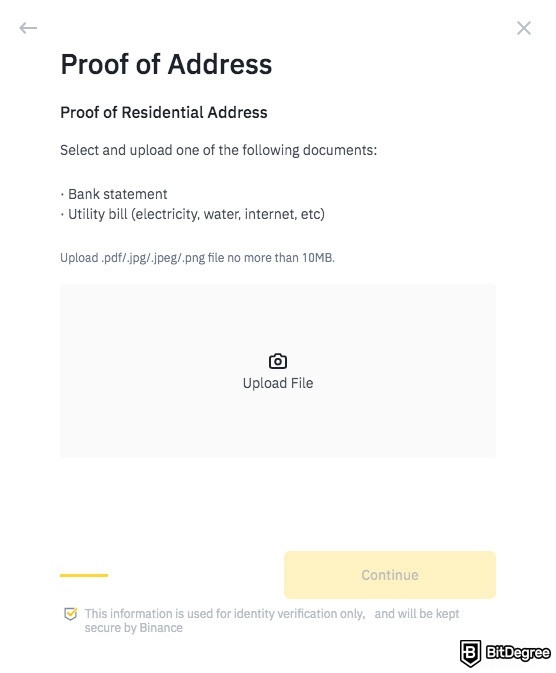
Not that you know the KYC meaning, it’s safe to say that Binance makes the process completely painless and quick! The whole procedure shouldn’t take you more than five minutes to complete, and while Binance states that verification can take up to 10 days to complete, oftentimes, it’s going to be almost instant!
You’ll end up receiving a congratulatory email and text message, and from that point onward, you’ll be able to use the cryptocurrency exchange in question, worry-free!
Conclusions
If you plan to do anything that is even remotely related to cryptocurrencies - whether it be trading, investing, dealing with NFTs, or else -, understanding what is KYC, and the role that it plays in the crypto industry is crucial. While it’s definitely not a simple or “fun” topic to get into, it’s frankly mandatory - if you understand the KYC meaning, you’ll also comprehend the industry much better, too!
Evidently, as you’ve probably noticed, KYC is a touchy topic. It’s controversial even in the fiat world, and when placed in the context of decentralization, KYC becomes even more convoluted. The conclusion, however, remains the same - KYC helps the crypto community remain safe and secure, and plays a part in kicking all of the scammers and con men out, too.
Binance is surely one of the best examples of a KYC-friendly crypto platform. The exchange embraces strict KYC guidelines, and requires all of its users to pass identity verification checks before they can perform any notable actions on the market.

|
|
|---|---|
| A Comprehensive User Center that Displays All The Information You Need in One Place | |
|
See TOP10 Brands
Read review |
Table: The main features of the Binance cryptocurrency exchange
At the same time, though, Binance should be the example of how to go about enforcing their KYC checks, too! New users of the platform will find the KYC process to be super-quick and simple, and should be able to submit their documents and information in a matter of minutes.
Note that unverified accounts are only able to withdraw up to 0.06 BTC per day - no other actions can be performed until your account gets verified! This is why it’s highly advisable that you do take the time and pass all of the required checks - once done, you’ll be able to enjoy Binance without any hindrances!
If you’re an active investor or a day trader, this becomes crucial. However, even if you’re just playing around, and are still getting to know the platform in question, it’s still a good idea to finish up your KYC, so that you could actually enjoy the full experience of Binance.
All of that being said, thank you for reading! Good luck with all of your cryptocurrency ventures to come, and until next time!
The content published on this website is not aimed to give any kind of financial, investment, trading, or any other form of advice. BitDegree.org does not endorse or suggest you to buy, sell or hold any kind of cryptocurrency. Before making financial investment decisions, do consult your financial advisor.

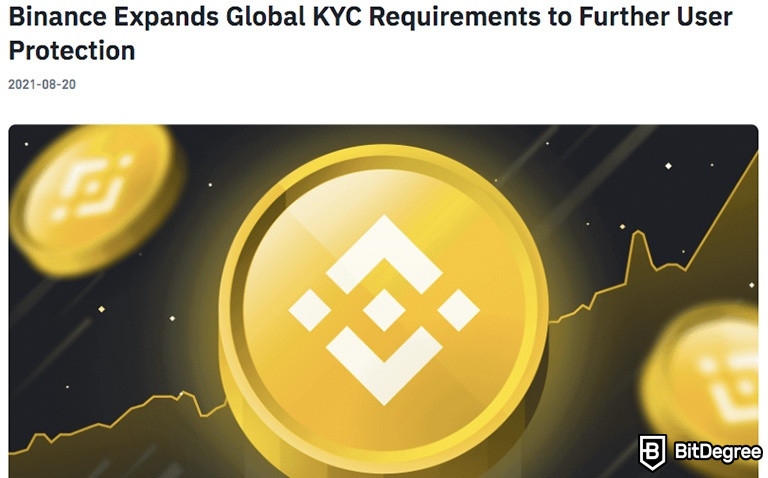



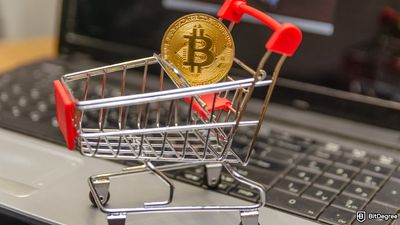







Whether or not the cryptocurrency exchange offers an opportunity for investors to observe the trading behavior of their peers.